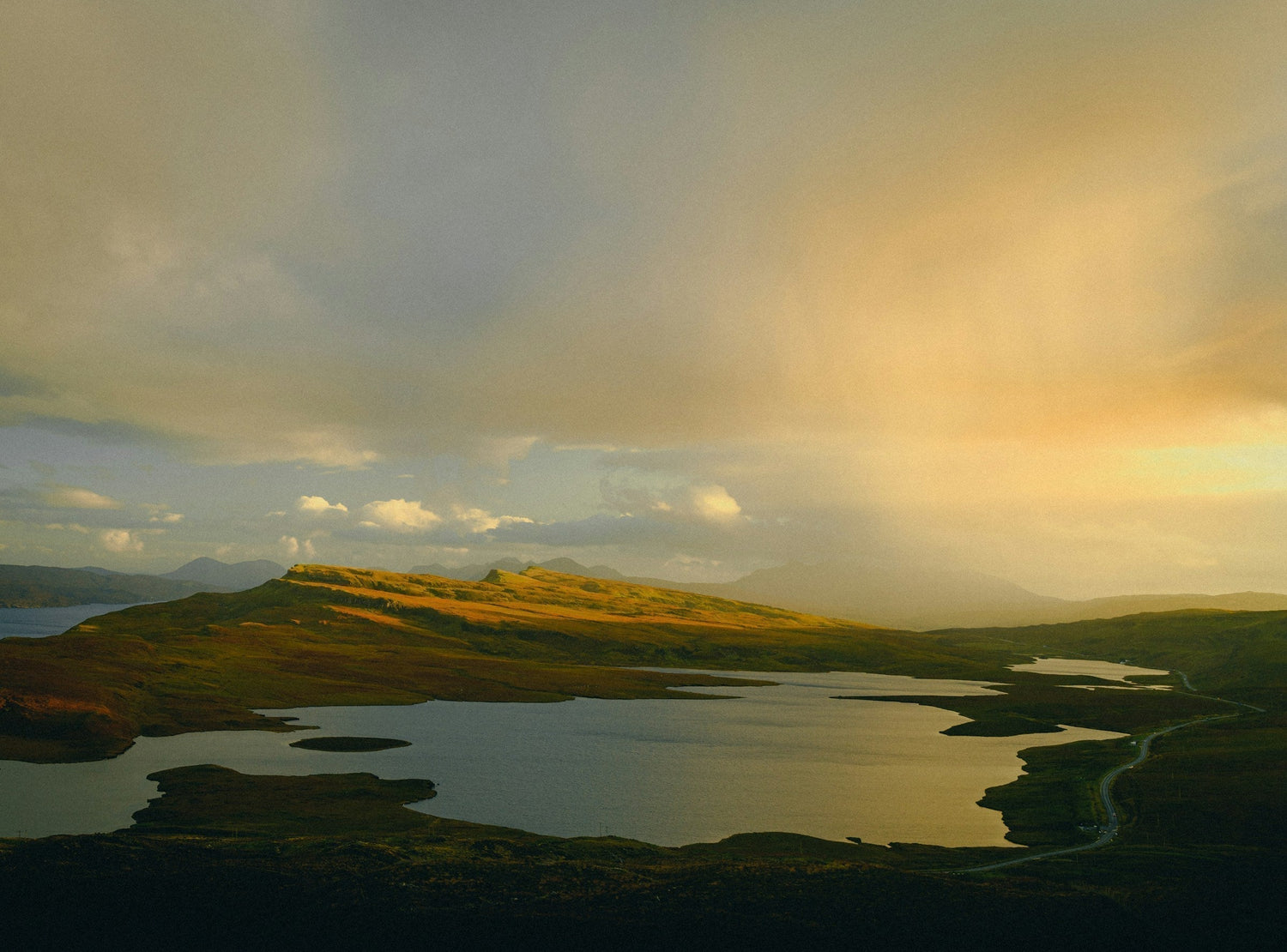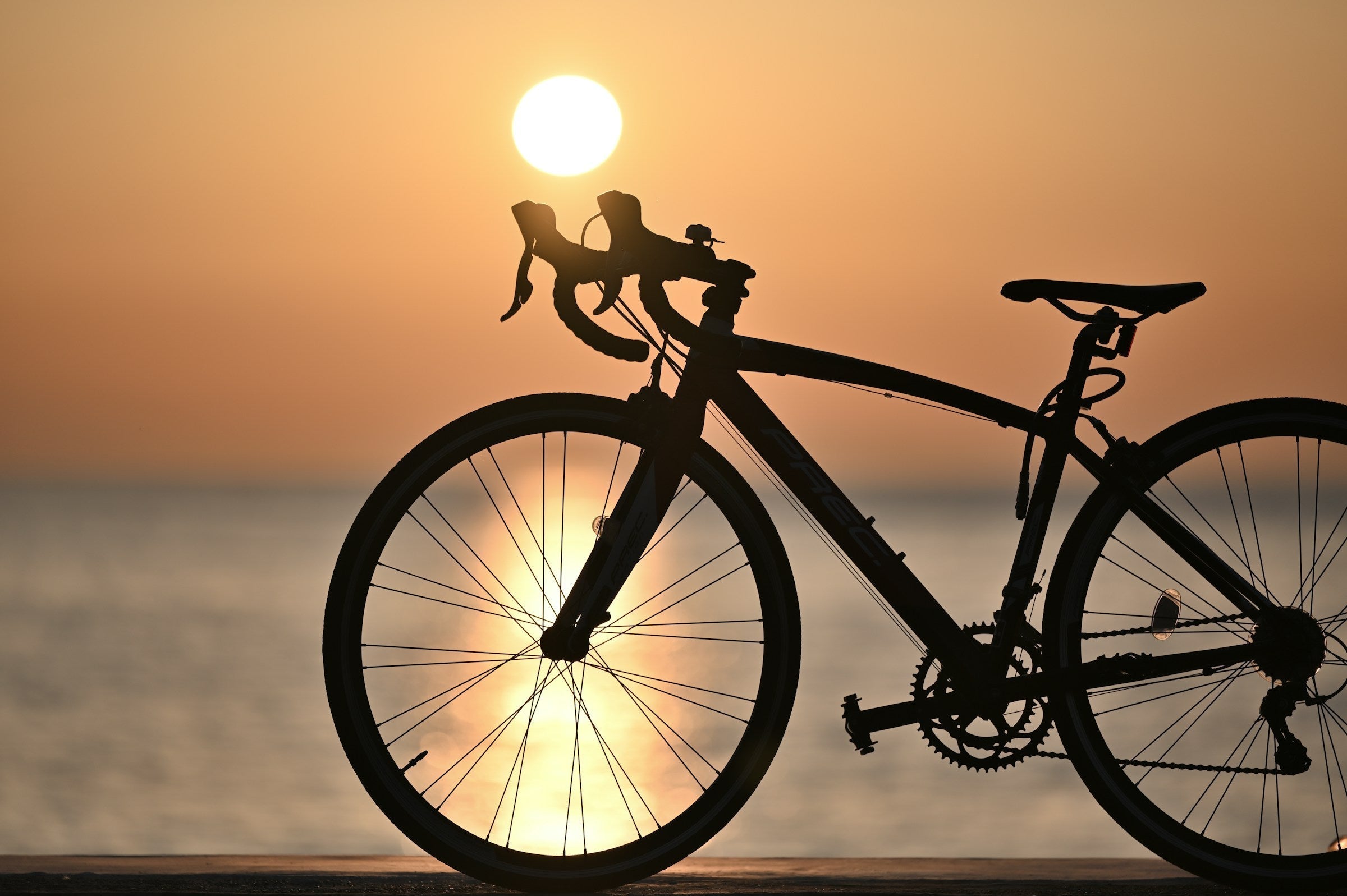Alright - let's talk summer cycling.
You might be picturing glorious sunshine, a gentle breeze and the simplest kit imaginable – just a jersey and shorts, right? While those days are pure bliss, the reality of cycling, even in the warmest months, is often a little more dynamic. Have you ever set off on a sunrise spin, shivering for the first 30 minutes? Or found yourself freezing on a long descent after a hard climb? What about that sudden, unforecasted downpour that leaves you soaked to the bone? If you've nodded along to any of these, then you, my friend, are ready to unlock the secret weapon of smart summer cycling: the art of lightweight layering. Forget the idea that layers are just for winter. In summer, they’re about finesse, flexibility, and making sure you’re always perfectly comfortable, no matter what Mother Nature (or your route) throws at you.
Why Layers Aren't Just for Winter Warmth
We get it.
Summer is supposed to be simple.
But cycling, unlike, say, sunbathing, involves a lot of variables. The air can still be surprisingly cool during early mornings or late evenings. After a big climb that got your engine running, the wind chill on the way down can be brutal. Climbing into the mountains? Expect the temperature to drop significantly. And let's not forget that pop-up storms are a summer staple in many regions. Even on a warm day, a strong headwind can feel surprisingly chilly, especially when you're exerting yourself. These aren't just minor discomforts. Being too cold can sap your energy, reduce your performance and frankly, just make the ride less enjoyable. Being too hot, on the other hand, leads to excessive sweating, discomfort and potentially overheating. The goal is to maintain your ideal core temperature – and lightweight layers are your best friends in this quest.

Your Summer Layering Toolkit: Essential Pieces
Think of these as your tactical wardrobe for battling the elements without adding bulk. Even in summer, a good base layer isn't about adding warmth, but about managing moisture. A thin, breathable base layer, often made from technical synthetics or lightweight merino wool, worn under your jersey does wonders. It pulls sweat away from your skin, allowing it to evaporate quickly, which keeps you feeling drier and prevents that clammy, cold sensation when you stop or hit a descent. It also provides a tiny bit of insulation for those initial cool moments without making you overheat later.
If there's one layering piece every cyclist should own, it's arm warmers. And for cooler summer mornings or rides starting before the sun fully hits, leg warmers are equally brilliant. These are the epitome of versatility; you can pull them on for the start of a cool ride, then easily peel them off and stash them in a jersey pocket as the day warms up. They offer immediate warmth and protection against wind chill on descents without committing to a long-sleeved jersey or full-length tights.
A gilet is a true game-changer. It protects your core – your most vital area for temperature regulation – from wind and light drizzle, while leaving your arms free to breathe. Perfect for fast descents, chilly mornings or when the wind picks up, many gilets pack down incredibly small, fitting easily into a jersey pocket. Look for ones with a windproof front and a breathable mesh back; some even offer water resistance for light showers. We never leave home without one - even on the sunniest of days!
Finally, let's be real, summer showers can pop up out of nowhere. A super lightweight, packable rain jacket (often referred to as a shell or windbreaker) isn't just for downpours; it's also brilliant for cutting through wind. Designed to be incredibly compact, these jackets offer immediate protection from unexpected rain or a sudden drop in temperature due to wind. They're usually thin, but the barrier they provide against the elements is significant.
Fabric Finesse: What to Look For
When choosing your summer layers, pay attention to the fabrics. You'll primarily want materials that excel at moisture-wicking, meaning they move sweat away from your skin, breathability, allowing air to circulate and heat to escape, and quick-drying, which is essential for comfort and hygiene, especially if you're layering. Popular choices include advanced technical synthetics, such as polyester and nylon blends, and natural fibres like Merino wool. Merino is a superstar – it's naturally temperature-regulating, wicks moisture, resists odour and feels soft against the skin, making it fantastic for base layers and even some jerseys.

Putting it into Practice: Scenario Planning
Let's look at how these layers come into play in real-world cycling scenarios. For a "Sunrise Spin" where the start is cool but warms up fast, your kit would involve your favourite bib shorts, a short-sleeved jersey, arm warmers, and a lightweight gilet. You'd begin with arm warmers on and the gilet zipped up, then, as the sun rises and temperatures climb, simply roll down or remove the arm warmers and stash them, then unzip or remove the gilet and tuck it into a jersey pocket for seamless comfort.
When tackling a "Mountain Descent" after a climb, where it can get quite chilly, wear your climbing kit (jersey, shorts) and have a gilet or packable shell easily accessible. After a sweaty climb, the wind on the descent can feel icy, so pull on your gilet or shell at the top to protect your core from wind chill, providing instant warmth and comfort for the exhilarating ride down.
For a "Pop-Up Shower," which can hit suddenly, always have a packable rain jacket in your back pocket. As soon as you feel those first drops, pull out your shell and throw it on. It won't keep you bone dry forever in a deluge, but it will significantly reduce the chilling effect of the rain and keep you comfortable until the shower passes or you find shelter.
Finally, for a "Long Day Out," where you're planning for everything, your kit would ideally include a base layer, short-sleeved jersey, bib shorts, arm warmers, a gilet AND a packable shell. This setup is for epic rides where conditions are bound to change, preparing you for cool starts, warm middles, cold descents and potential rain. It might seem like a lot, but these pieces pack down small and give you ultimate peace of mind.
The Payoff: Comfort, Performance, Enjoyment
Mastering the art of lightweight layering isn't just about avoiding discomfort; it's about enhancing your entire cycling experience. You'll enjoy more comfort, with no more shivering starts or sweating through your kit. You'll experience better performance because when you're comfortable, your body can focus on pedalling, not fighting the elements. This all leads to greater enjoyment, allowing you to truly immerse yourself in the ride, knowing you're prepared for whatever comes your way. Plus, there are health benefits too, as avoiding getting too cold or too hot can help prevent minor illnesses and keep you in top form for your next ride.

So, next time you plan a summer ride, think beyond just jersey and shorts. Remember the power of lightweight layers. Your comfort, your performance and your sheer enjoyment of being on two wheels will thank you for it.
See you soon friends……X


